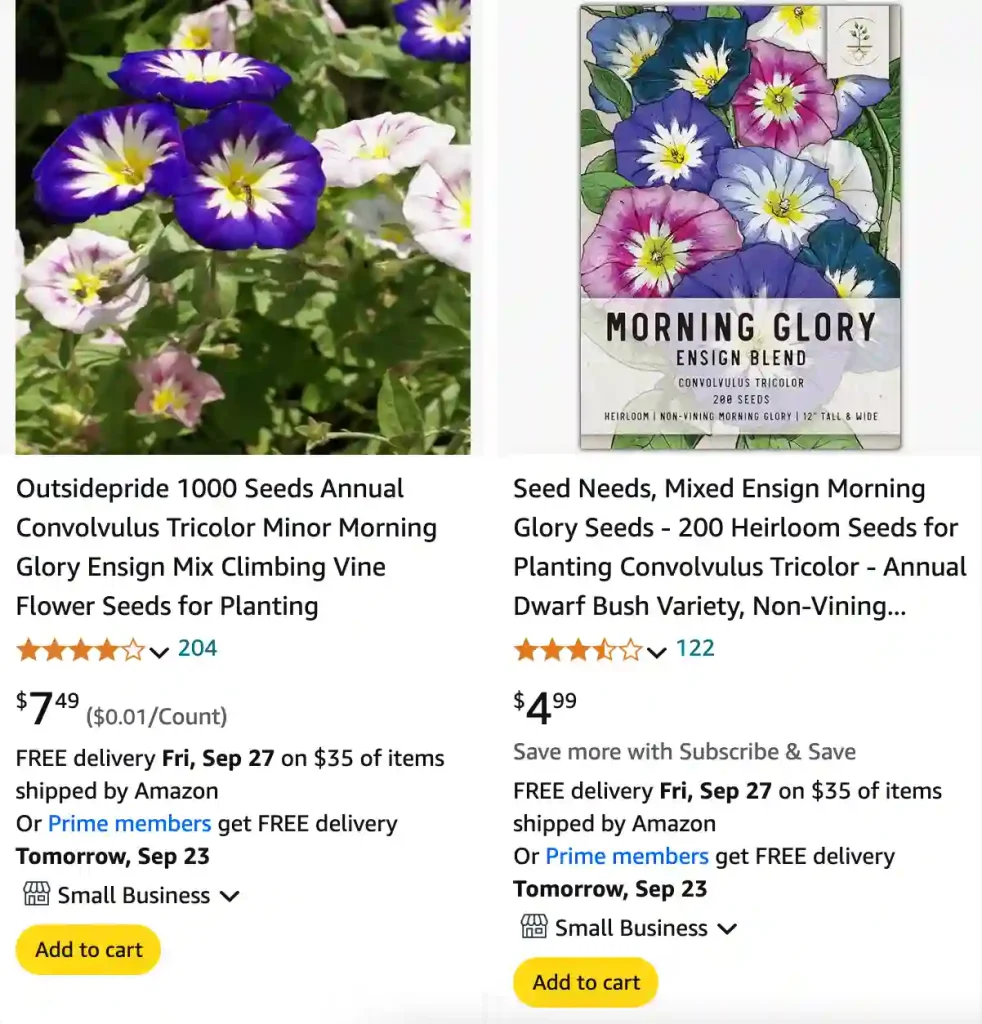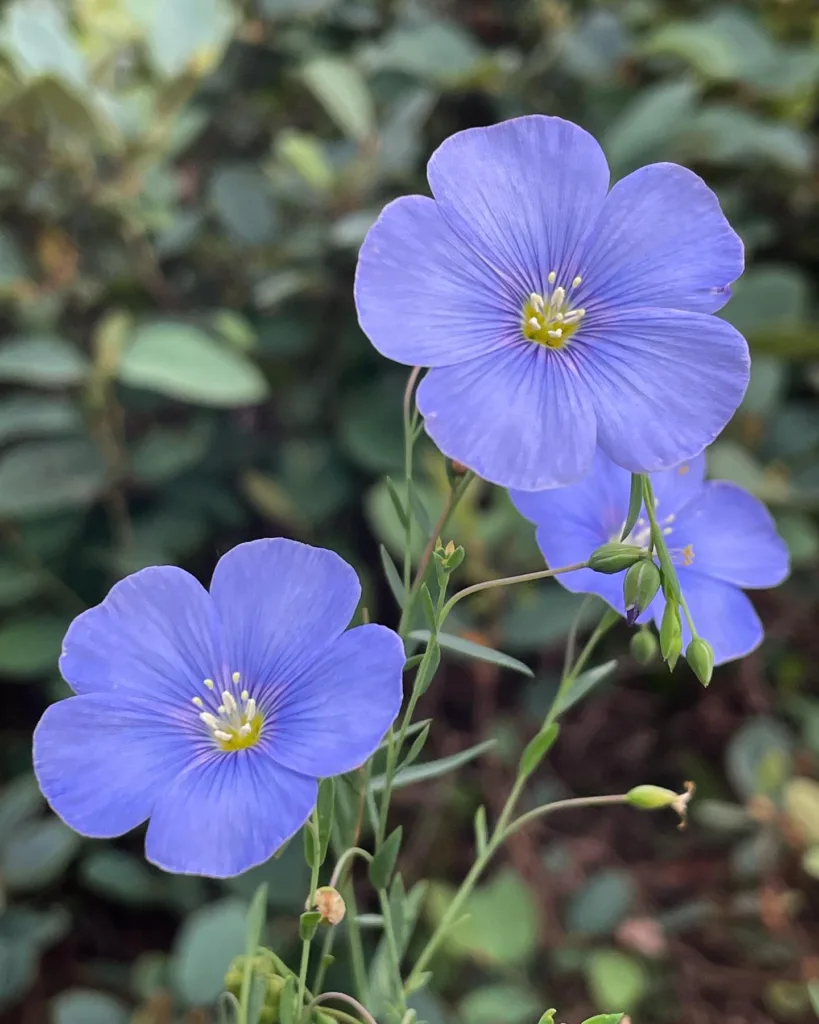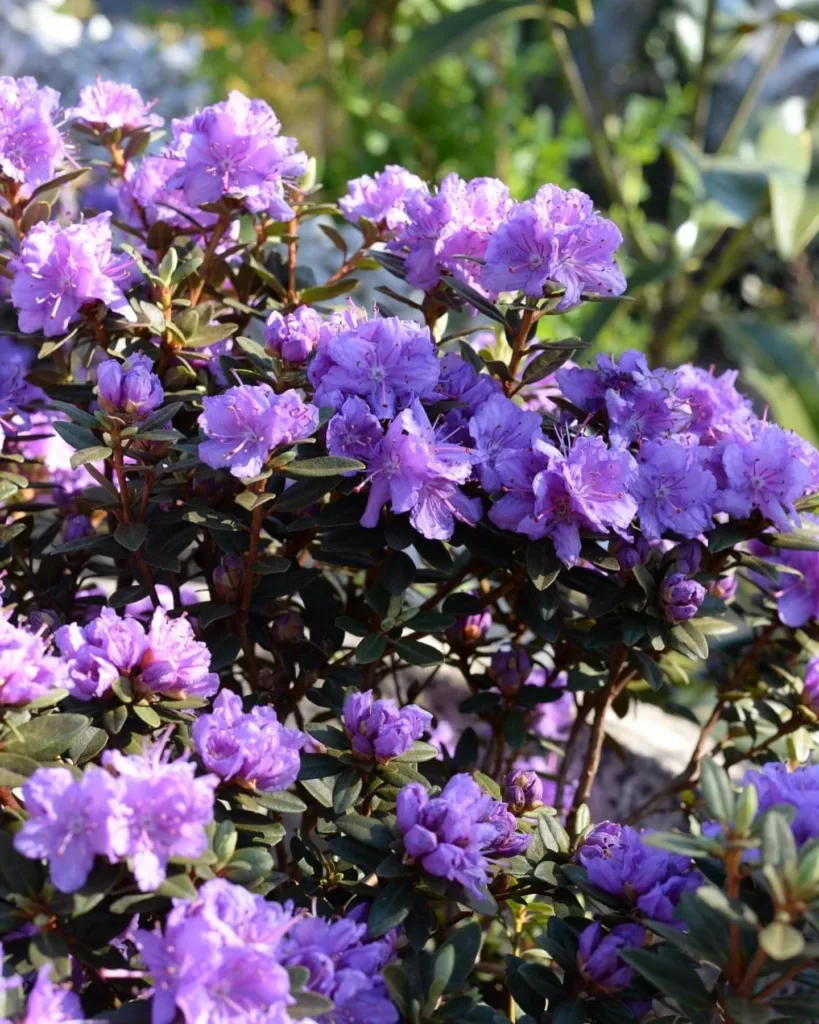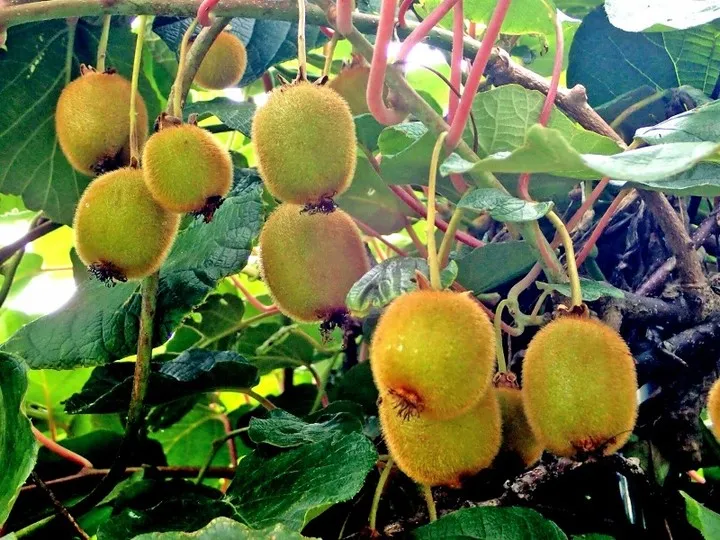
FAQs About Convolvulus Tricolor
As a plant enthusiast, I’ve often found myself drawn to vibrant flowers and unique foliage. One plant that consistently catches my eye is Convolvulus Tricolor. This beautiful trailing plant, also known as trailing bindweed or rock bindweed, is a great addition to any garden. Here, I’ll answer some frequently asked questions about Convolvulus Tricolor based on my experiences.
209 Species in Genus Convolvulus
What is Convolvulus Tricolor?
Convolvulus Tricolor is a perennial plant known for its stunning, trumpet-shaped flowers. These blooms typically showcase a mix of blue, white, and yellow, creating a beautiful visual effect. It’s a member of the Convolvulaceae family, which also includes morning glories. The plant is often used in hanging baskets or as ground cover due to its spreading nature.
Is Convolvulus Tricolor Minor Ensign the Same as Bindweed?
Many people wonder if Convolvulus Tricolor Minor Ensign is the same as the common bindweed. While they belong to the same family, they are not identical. Bindweed is generally considered a weed due to its invasive nature and the difficulty it presents in controlling its spread. In contrast, Convolvulus Tricolor is often cultivated for ornamental purposes. The key difference lies in the intent of growth: one is a nuisance, while the other is a sought-after garden plant.
How to Grow Convolvulus Tricolor?
Growing Convolvulus Tricolor can be a rewarding experience. Here are some steps I recommend based on my trials:
- Location: Choose a sunny spot, as these plants thrive in full sun. They need at least six hours of sunlight daily to produce those vibrant blooms.
- Soil: Well-draining soil is crucial. A sandy or loamy mix works best. I usually mix regular potting soil with sand to improve drainage.
- Watering: Watering should be moderate. These plants do not like to sit in water, so allow the soil to dry out between waterings. In hot weather, they may need a bit more moisture.
- Fertilizing: A balanced fertilizer applied every few weeks during the growing season can help boost flower production.
- Pruning: Regular pruning encourages bushier growth and more blooms. I often trim back the stems to promote new growth.
How to Care for Convolvulus Tricolor?
Caring for this plant is relatively simple. Here are some tips I find useful:
- Pest Control: Keep an eye out for pests like aphids and spider mites. Neem oil or insecticidal soap works wonders for me when infestations occur.
- Winter Care: In colder climates, I bring my plants indoors during the winter. If grown as an annual, simply replant in spring.
- Mulching: Adding mulch around the base can help retain moisture and regulate soil temperature.
How to Propagate Convolvulus Tricolor?
Propagating Convolvulus Tricolor is easy and can be done through cuttings. I usually take a healthy stem cutting in the spring, remove the lower leaves, and place it in water until roots develop. Once rooted, I transplant it into the soil.
What to Plant With Convolvulus Tricolor?
If you’re looking to create a colorful display, consider pairing Convolvulus Tricolor with other flowering annuals. Petunias, marigolds, and lobelia all complement its colors beautifully. I often plant them in mixed containers to create a vibrant centerpiece.
Can You Grow Convolvulus Tricolor Indoors?
While Convolvulus Tricolor thrives outdoors, you can grow it indoors with the right conditions. Ensure it receives adequate sunlight—ideally from a south-facing window. Using a pot with drainage holes is essential to prevent root rot.
Is Convolvulus Tricolor Toxic?
One common concern is toxicity. Fortunately, Convolvulus Tricolor is not considered toxic to humans or pets. However, it’s always best to keep plants out of reach of curious animals and children.
Benefits of Convolvulus Tricolor
Beyond its aesthetic appeal, Convolvulus Tricolor offers benefits like attracting pollinators, including bees and butterflies, to your garden. This helps create a lively ecosystem in your outdoor space.
Common Problems with Convolvulus Tricolor
Despite its beauty, Convolvulus Tricolor can face some challenges. Common issues include:
- Root Rot: This can occur if the plant is overwatered. Always check soil moisture before watering.
- Fungal Diseases: Humidity can lead to fungal issues. Ensuring good airflow around the plant helps prevent this.
How Does Convolvulus Tricolor Compare to Other Similar Plants?
Convolvulus Tricolor is often confused with other trailing plants like ipomoea (morning glory). While both have similar flower shapes, morning glories can be more invasive and are typically larger in size. In contrast, Convolvulus Tricolor stays compact and is easier to manage in a garden setting.
In summary, Convolvulus Tricolor is a fantastic choice for gardeners looking to add a splash of color to their spaces. Its ease of care and stunning flowers make it a favorite of mine. Whether you’re planting it in a hanging basket or as ground cover, this plant is sure to brighten up any garden.
If i die, water my plants!



